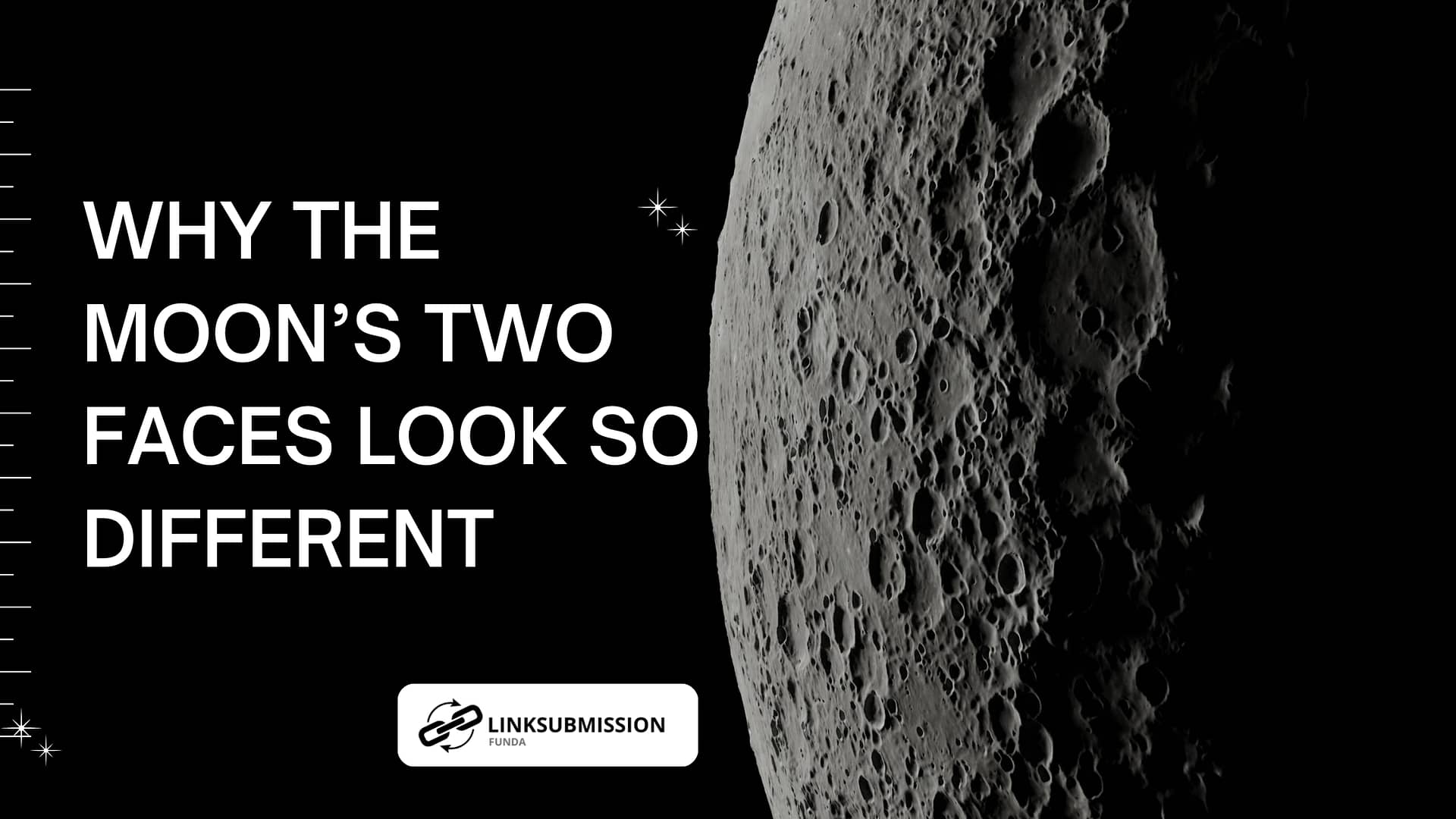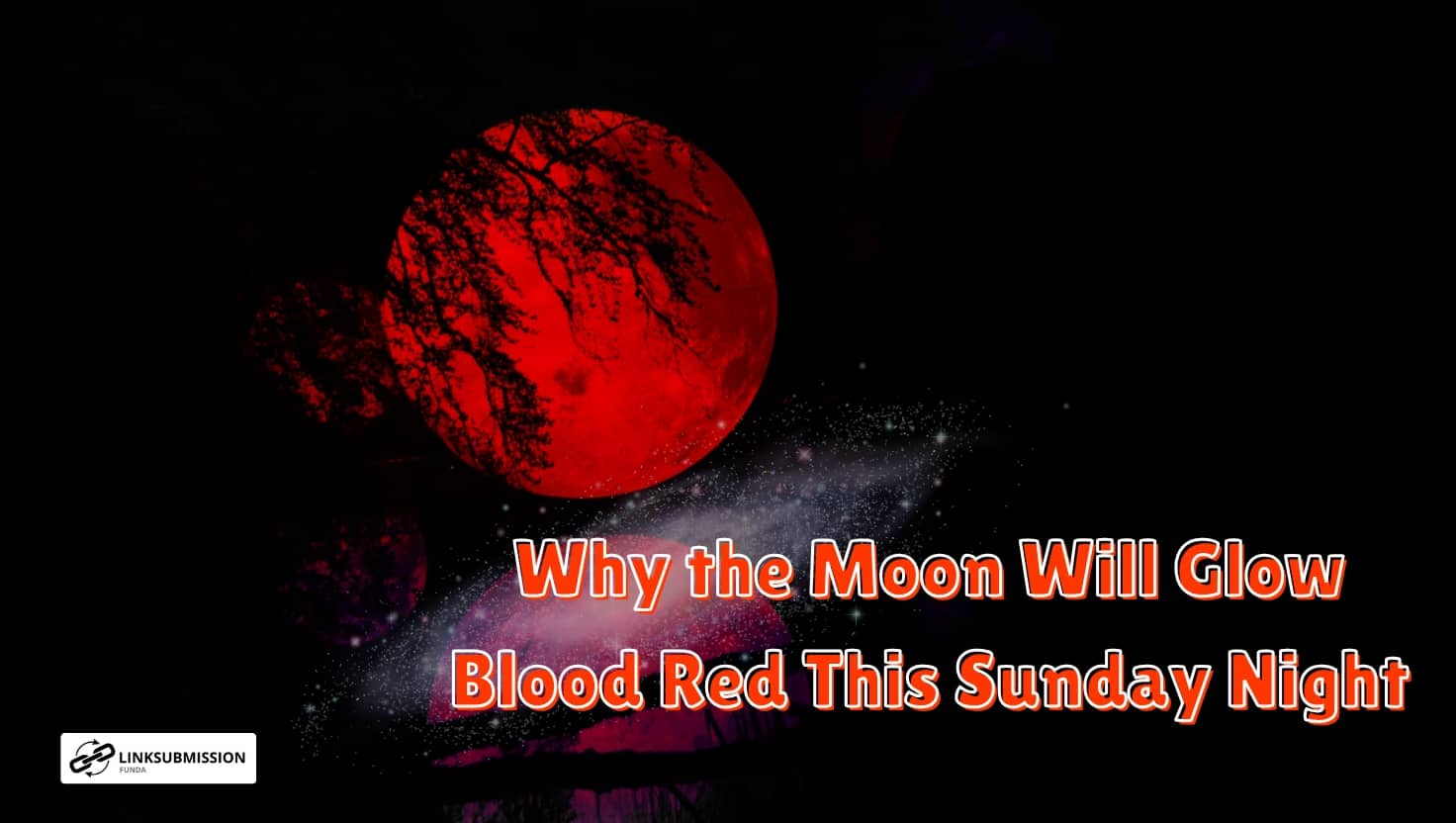For as long as humanity has gazed at the night sky, the Moon has presented the same familiar face—its near side—illuminated by reflected sunlight. The far side, often romantically (and inaccurately) called the “dark side,” remained a mystery until spacecraft photography in the mid-20th century revealed a stark contrast between the two hemispheres. The near side of the Moon is characterized by vast, smooth plains known as maria, while the far side is rugged, mountainous, and densely cratered.
For decades, this strange asymmetry puzzled scientists. Why is the Moon so lopsided in appearance and composition? What caused the near side to be dominated by volcanic plains, and why is the far side almost devoid of them? Now, a recent study supported by NASA has finally provided answers—rooted deep within the Moon’s interior.
The Great Lunar Divide: What Makes the Two Sides So Different?
The near side of the Moon is dominated by dark basaltic plains that formed from ancient volcanic activity. These lava flows filled in low-lying impact basins, creating the smooth, dark features we can see from Earth. In contrast, the far side is rough, mountainous, and heavily cratered, with only a few scattered maria. This stark difference in appearance raised questions about the Moon’s geological past.
Using data from NASA’s Gravity Recovery and Interior Laboratory (GRAIL) mission, scientists have now determined that the key to this mystery lies beneath the Moon’s crust—in its mantle and thermal history.
Heat-Producing Elements Shaped the Moon’s Near Side
According to the new study, the Moon’s internal structure is highly asymmetrical. The researchers found that the near side contains higher concentrations of radioactive, heat-producing elements such as potassium (K), thorium (Th), and uranium (U). These elements generate heat through radioactive decay and were primarily located on the near side, which caused the interior of that hemisphere to be significantly warmer than the far side during the Moon’s formative years.
This internal heat caused the mantle beneath the near side to melt more readily, triggering widespread volcanic activity. Over millions of years, this led to massive lava flows that filled impact basins, forming the smooth maria we observe today. Meanwhile, the far side, lacking these heat-producing elements, remained cooler, geologically quiet, and more heavily impacted by space debris, preserving its rugged surface.
The South Pole–Aitken Basin Impact: A Game-Changer
Another factor that contributed to the Moon’s geological imbalance was a colossal asteroid impact that struck the far side around 3.9 billion years ago. This impact formed the South Pole–Aitken Basin, one of the largest known impact craters in the solar system. The event ejected enormous amounts of material, disturbed the Moon’s internal composition, and likely affected the distribution of heat-producing elements across its interior.
Recent findings suggest this impact could have influenced the long-term cooling rate of the far side’s mantle, further limiting its volcanic activity. Debris from the collision also carved out deep canyons and may have modified the crust’s thickness, making it harder for magma to rise to the surface on the far side.
Crustal Thickness: A Physical Barrier to Volcanism
GRAIL mission data has also shown that the Moon’s crust is much thicker on the far side than on the near side. This thicker crust acts like a lid, preventing magma from rising and erupting onto the surface. In contrast, the thinner crust on the near side allowed for more extensive and prolonged volcanic activity.
This difference in crustal thickness may have been a result of how the Moon cooled after its formation. Since the far side retained a thicker crust, it remained geologically dormant, while the near side experienced a longer period of volcanism.
Implications for Lunar Exploration and Science
These discoveries don’t just solve a long-standing cosmic mystery—they also have practical implications for the future of space exploration. As agencies like NASA and private companies prepare for sustained lunar missions under programs like Artemis, understanding the Moon’s internal structure is vital for site selection, scientific research, and potential resource extraction.
The far side, despite its challenging terrain, offers a pristine record of the early solar system, undisturbed by lava flows. Meanwhile, the near side, with its thinner crust and higher concentrations of radioactive elements, may offer more accessible resources for future astronauts and robotic explorers.
Conclusion: Two Sides, One Story of Evolution
Thanks to advances in lunar science and detailed gravitational data from missions like GRAIL, scientists have finally begun to piece together the story behind the Moon’s two very different faces. The answer lies in a complex interplay of internal heat, crustal thickness, and ancient impacts—factors that have shaped the Moon’s evolution over billions of years.
The Moon is more than just a celestial companion to Earth; it is a natural archive of our solar system’s history. Understanding why one hemisphere is so different from the other not only deepens our knowledge of the Moon itself but also opens new windows into planetary formation, geological evolution, and the dynamic processes that shape rocky worlds.





